Isuzu US-IDSS 2024 Diagnostic: Comprehensive Solutions for Truck Maintenance
Isuzu US-IDSS 2024 Diagnostic is a comprehensive tool for the effective maintenance and repair of Isuzu vehicles. It integrates advanced diagnostic features to assist technicians in identifying and resolving issues promptly. This system supports a wide range of Isuzu models, ensuring compatibility with both US and Canadian specifications. Its capabilities include vehicle recognition, fault code analysis, and real-time data access to streamline the diagnostic process.
Overview of Isuzu US-IDSS 2024 Diagnostic
The Isuzu US-IDSS 2024 Diagnostic system is an advanced tool that enhances the efficiency of diagnosing and servicing Isuzu vehicles. This system incorporates several impressive features aimed at improving vehicle maintenance operations.
Key Features of the IDSS System
Isuzu US-IDSS 2024 Diagnostic stands out due to its myriad of essential features designed for automotive professionals. Some of these functions include:
Vehicle Recognition and Diagnostics
This feature allows the system to automatically identify the specific Isuzu model connected. Once the vehicle is recognized, the diagnostics process initiates, streamlining troubleshooting and allowing technicians to pinpoint issues with accuracy.
Reading and Clearing Fault Codes
The capability to read and clear fault codes is crucial for effective vehicle diagnosis. Technicians can extract error codes from the vehicle’s control systems, which provides valuable insights into malfunctioning components. After repairs, clearing these codes ensures that the system is reset for accurate future diagnostics.
Real-Time Data Lists
Access to real-time data is another significant advantage of the IDSS system. This feature provides technicians with instantaneous information regarding critical vehicle parameters, including engine performance, fuel efficiency, and system alerts. Having access to up-to-date data enhances decision-making during repairs and maintenance procedures.
Hardware and Software Requirements
Understanding the hardware and software requirements is crucial for optimal performance of the diagnostic system. This section outlines the necessary specifications to ensure smooth operation.
Minimum System Specifications
To effectively utilize the diagnostic tools, specific minimum system specifications must be met. These requirements help ensure compatibility and efficient functioning.
Required Operating Systems
- Windows 10 (32-bit and 64-bit) is required for the full functionality of the diagnostic system.
Processor and Memory Needs
- A minimum of 2.0 GHz Processor (Pentium or equivalent) is necessary.
- At least 2 GB of RAM is needed for 32-bit systems, while 4 GB is required for 64-bit systems.
Hard Drive Space and USB Requirements
- At least 40 GB of free space on the hard drive is essential, with 80 GB recommended for optimal performance.
- USB 2.0 ports are necessary for connecting the diagnostic interface and other peripherals.
- A DVD drive is required for installation media access.
Vehicle Coverage and Compatibility
Understanding vehicle coverage and compatibility is essential for effective diagnostics. The Isuzu US IDSS 2024 provides extensive support for various models to ensure that technicians can perform accurate and efficient maintenance tasks.
Supported Isuzu Models
The Isuzu US-IDSS 2024 is compatible with a wide range of Isuzu vehicles, ensuring that technicians can serve various customer needs. The following categories represent the primary supported models:
- N-Series Trucks
- W-Series Trucks
- F-Series Vehicles
- T-Series Vehicles
N-Series and W-Series Trucks
The N-Series is renowned for its durability and versatility, making it a popular choice for light-duty applications. The W-Series, designed for medium-duty tasks, addresses the needs of businesses that require more robust capabilities during transportation. Both series are essential components of Isuzu’s offerings in the North American market.
F-Series and T-Series Vehicles
The F-Series includes larger trucks intended for handling heavier loads, while the T-Series encompasses chassis-type trucks commonly used in specialized applications. These vehicles benefit from the advanced diagnostic features of the IDSS, facilitating comprehensive maintenance and repair processes.
Canadian and US Specifications
The Isuzu US IDSS 2024 specifically targets vehicles within the Canadian and US markets. It is crucial to acknowledge that there are subtle differences in specifications, which can affect diagnostics.
Differences in Vehicle Specs
While many specifications are shared across the two markets, certain elements such as emissions standards, safety features, and model variants may differ. These distinctions ensure that the IDSS can accurately address the unique requirements of each region.
Impact on Diagnostic Processes
Variations in vehicle specifications can influence diagnostic outcomes. Understanding these differences helps technicians perform precise troubleshooting and repairs while minimizing potential errors. Proper identification of regional specifications is vital for optimizing the diagnostics process.
Advanced Diagnostic Capabilities
The Isuzu US-IDSS 2024 offers advanced diagnostic capabilities that enhance vehicle servicing efficiency. These features enable precise adjustments and programming, ensuring optimal performance of key vehicle systems.
Sensor Calibration and Programming
Calibration and programming of vehicle sensors are critical for maintaining accuracy in vehicle operations. This section provides a closer look into essential adjustments.
Steering Sensor Adjustments
Proper calibration of the steering sensor is vital for safe vehicle handling. The IDSS system allows technicians to adjust settings to ensure accurate sensor readings, which leads to improved vehicle stability and performance.
Injector and Fuel Pump Settings
Adjusting the injector settings and fuel pump requires precision. The IDSS facilitates the registration of new injectors and helps in programming fuel pump parameters, essential for maximizing fuel efficiency and engine performance.
Engine and Control Module Reprogramming
Reprogramming the engine and control modules is necessary when components are replaced or upgraded. This guarantees that all systems communicate effectively, leading to optimal vehicle functionality.
ECM Resets and Adjustments
The Engine Control Module (ECM) can be reset and its parameters adjusted through the IDSS. This process aids in clearing faults, ensuring enhanced performance and vehicle reliability.
VIN and Key Programming Processes
VIN programming confirms the identity of the vehicle in the system, while key programming is essential for security. The IDSS simplifies these processes, making it easier to manage vehicle access and security features.
Subscription Services and Updates
The Subscription Services and Updates component allows users of the Isuzu US-IDSS 2024 to maintain their diagnostic systems efficiently. Users benefit from continued support and access to the latest software improvements.
Initial Subscription Benefits
Upon subscribing, users receive several key advantages that enhance their experience with the diagnostic system.
Access to Technical Support
Subscribers are granted access to specialized technical support throughout their subscription period. This resource proves invaluable for addressing technical inquiries and troubleshooting issues that may arise during diagnostics.
Regular Software Updates
The subscription includes regular software updates, ensuring that users always have the latest features and enhancements. These updates help improve the system’s performance and expand compatibility with new Isuzu vehicle models.
Extending Your US-IDSS Subscription
Upon completion of the initial subscription period, users have options for extending their service to continue benefiting from valuable resources.
Cost and Renewal Options
The cost for renewing the subscription is clearly outlined, with flexible options available for users. This approach allows for strategic budgeting and planning for ongoing diagnostic needs.
Benefits of Continued Updates
Renewing the subscription not only provides constant updates but also ensures uninterrupted access to technical support. This continuity is crucial for maintaining optimal operational efficiency in workshops.
Installation and Setup Process
Setting up the Isuzu US-IDSS 2024 Diagnostic system is crucial for its effective operation. The installation process involves using TeamViewer for remote assistance, ensuring a smooth setup experience.
Installation via TeamViewer
Step-by-Step Setup Guide
The installation process using TeamViewer consists of several straightforward steps:
- Download and install the TeamViewer application on the computer designated for the IDSS system.
- Obtain the TeamViewer ID and password from the support technician.
- Initiate a connection to the remote support technician using the provided credentials.
- Follow instructions from the technician to complete the installation of the IDSS software.
- Ensure all necessary drivers and associated software components are installed correctly.
Troubleshooting Common Issues
During the setup process, some common issues may arise, including:
- Connection errors: Ensure a stable internet connection and verify the TeamViewer settings.
- Software compatibility: Confirm that the operating system meets the minimum requirements.
- Driver installation errors: Check that all required drivers are properly installed and updated.
USB and Interface Module Configuration
Proper configuration of USB connections is essential for successful communication between the computer and the vehicle.
Nexiq USB Link Setup
Setting up the Nexiq USB Link involves the following:
- Connect the Nexiq USB Link to the computer’s USB port.
- Install any necessary drivers for the Nexiq device as instructed during the initial setup.
- Verify that the device is recognized by the IDSS software before proceeding with diagnostics.
Ensuring Proper Connection
For optimal functionality, ensure the following:
- All connections should be secure and free from dirt or corrosion.
- USB ports should be functioning properly without any physical damage.
- Confirm that the interface module is compatible with the Isuzu vehicles being diagnosed.
Technical Support and Resources
Robust technical support and resources are crucial for effective use of a diagnostic system. Access to comprehensive service information, alongside a strong privacy policy, enhances the overall user experience.
Accessing Service Information
Users can locate essential service information that aids in vehicle diagnostics and repairs. This includes detailed technical resources like wiring diagrams and repair guides.
Wiring Diagrams and Repair Guides
Wiring diagrams provide visual representations of electrical systems within Isuzu vehicles. These diagrams are essential for understanding complex wiring configurations and can expedite troubleshooting processes. Repair guides offer step-by-step instructions on how to address common issues, aiding technicians in completing repairs efficiently.
Online Support Channels
A variety of online channels are available for users seeking assistance. These platforms typically include FAQs, forums, and dedicated support websites. Users can engage with fellow technicians and experts to resolve issues, share insights, and enhance their knowledge regarding the Isuzu diagnostic systems.
Privacy Policy and Data Security
Data security is a top priority, ensuring that user information remains protected throughout the diagnostic process. The privacy policy outlines how data is handled, emphasizing transparency and user rights.
Protecting User Data With IDSS
The Isuzu US-IDSS 2024 Diagnostic system employs advanced security measures to safeguard user data. Encryption and secure access protocols play a significant role in preventing unauthorized access, thereby protecting sensitive information related to vehicle diagnostics.
Understanding the Privacy Terms
Users should familiarize themselves with the privacy terms associated with the Isuzu diagnostic system. These terms detail data collection practices, user consent requirements, and the measures taken to ensure data longevity and confidentiality.

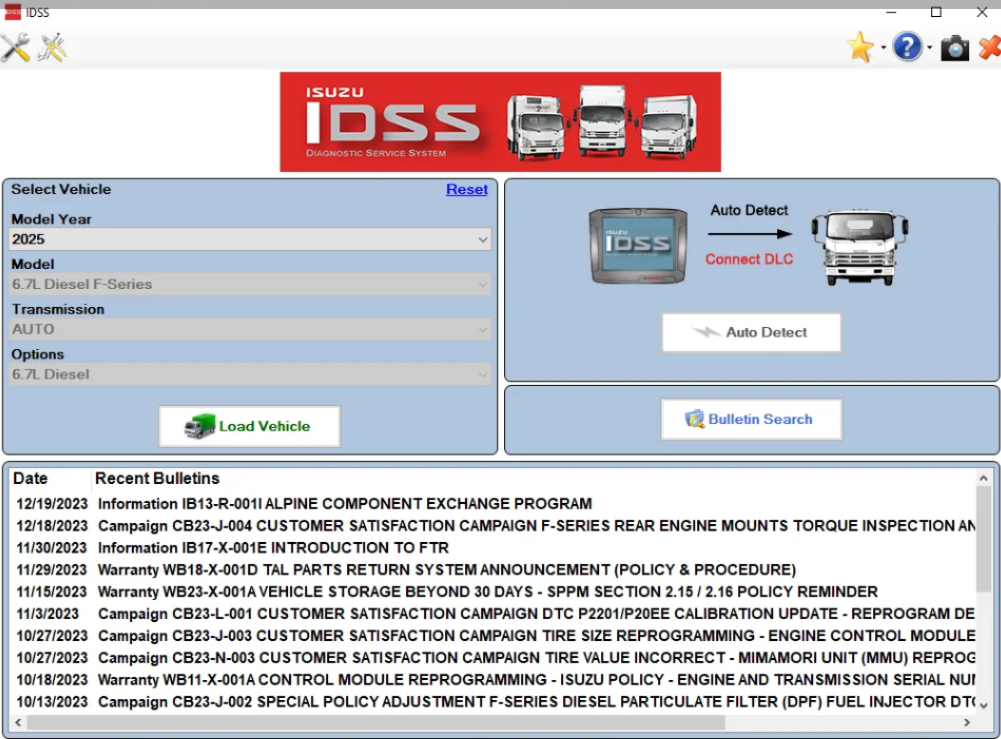

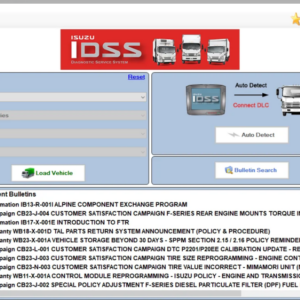
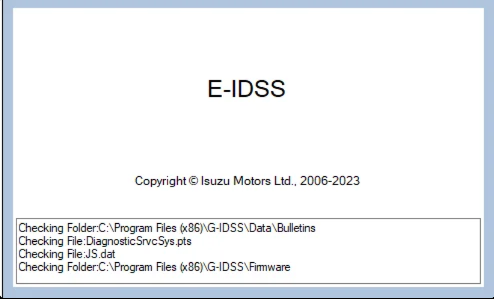
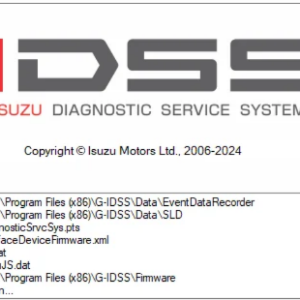
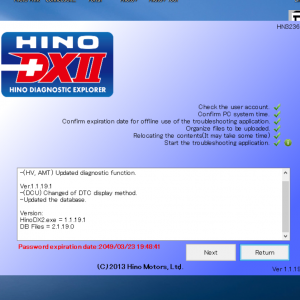
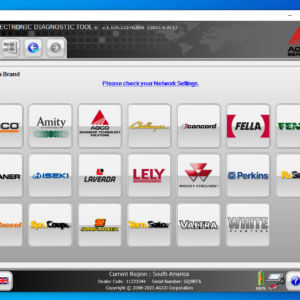
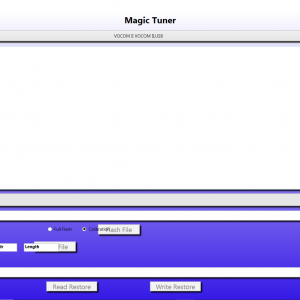
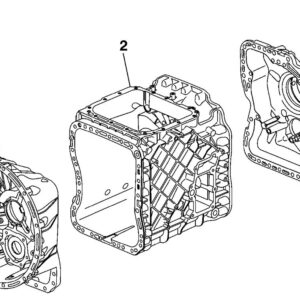
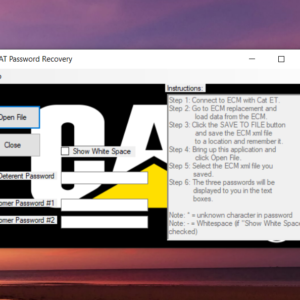
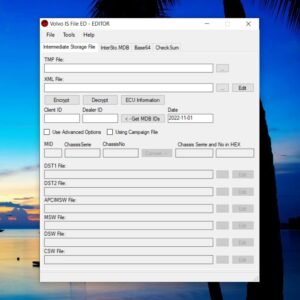

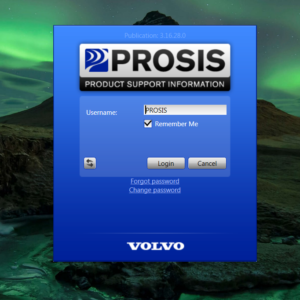
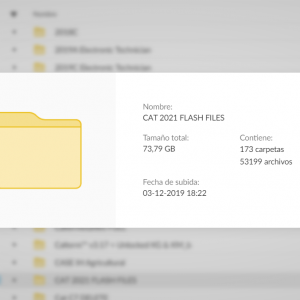
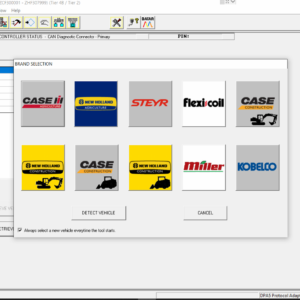
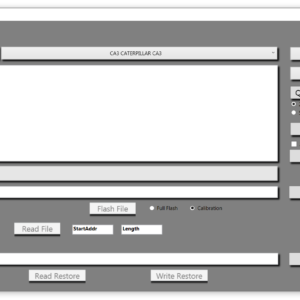
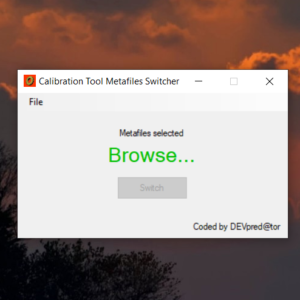
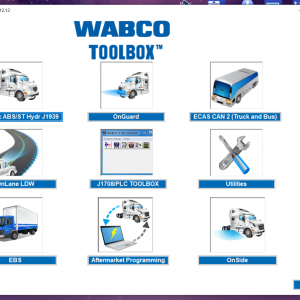

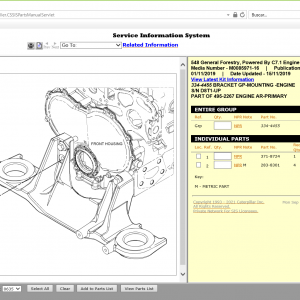
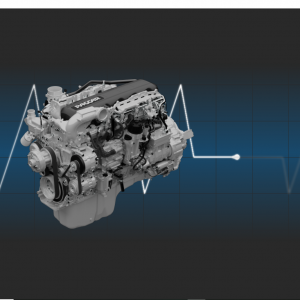
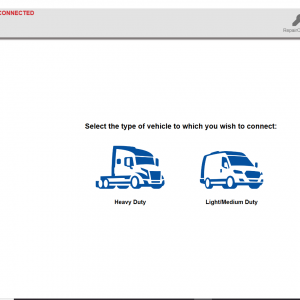


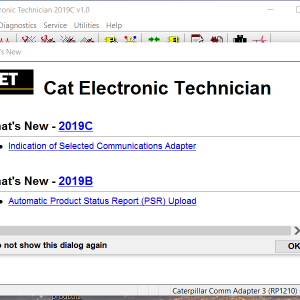



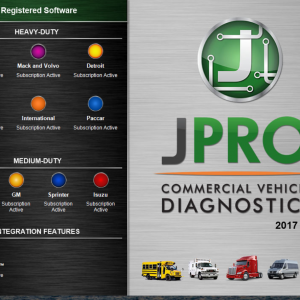






Reviews
There are no reviews yet.